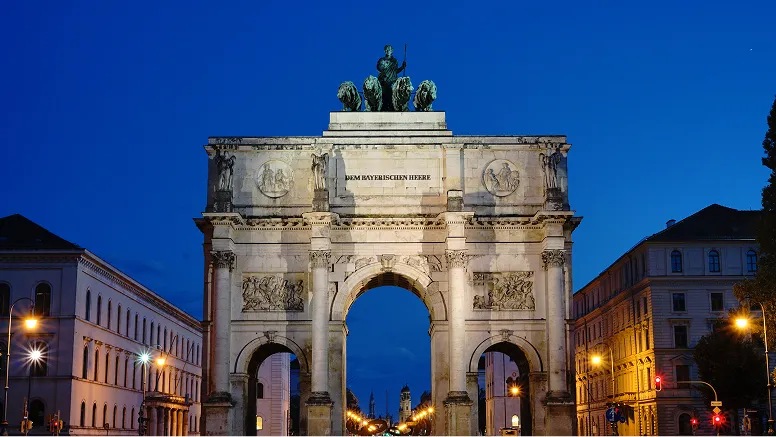
Wander from Marienplatz down cobbled alleys and you drift through a living museum: Renaissance fountains, Baroque cornices, street signs in ornate Fraktur. The war that devastated so much of Germany left Munich’s heart in ruins, yet here, restoration meant meticulous resurrection – not a clean slate. Locals rebuilt stone by stone, fiercely recapturing the city’s historic fabric.
Bavaria’s capital wears its identity on its sleeve – though here, the sleeve might be checkered, starched, and buttoned neatly at the wrist. Ask anyone to picture ‘Germany’ and you’ll likely get something drawn straight from Munich’s streets: brass bands beneath chestnut trees, spires above tiled roofs, and locals debating football or philosophy in Bavarian dialect at the bakery.

Locals affectionately call Munich their ‘Millionendorf’ – the village of a million souls. On Sundays, the city closes its shops, slipping into a silence enforced as much by custom as by law. Civic meetings can stretch for months over window paint. New buildings are rare, expensive, and scrutinized like opera premieres; an apartment block may linger a decade in limbo. Even with targets to build 10,000 units a year, reality hovers nearer 7,000 – scarcity is a choice, not an accident.
Every neighborhood is its own world. Altstadt-Lehel, the medieval heart, is a prize for those with patience – and means. Schwabing, once the domain of artists and philosophers, now sees bohemian bars beside hedge fund managers’ haunts, its pastel facades holding both memory and money. Glockenbachviertel, once on the margins, now leads with color and creativity – a magnet for those who cherish Munich’s cosmopolitan edge.

What does it cost to enter this world? In 2025, the average condo in Munich sells for just under €9,000 per square meter; new apartments in the center fetch €12,000 – €15,000. Detached homes are nearly mythical – when they surface, usually in Bogenhausen or the garden suburbs, they start above €1.5 million and attract sealed bids. Even the ‘affordable’ periphery – Neuperlach, Pasing – now sees three-room apartments at €8,000 per square meter, unthinkable a decade ago.
Patience and persistence define Munich’s market. Foreign buyers do arrive – Swiss, French, Gulf nationals, and lately a few from Asia – drawn by security, healthcare, and world-class universities. But flipping is rare. Trophy properties change hands quietly, often via private channels. Yields are modest – 3%, maybe 3.5% – but volatility is lower still. This is a vault, not a roulette table. Even the act of buying is built for the long haul: transaction costs run 8–10%, and capital gains tax hits unless you’ve owned for a decade or lived there yourself.


.png)
.png)
.png)
.png)
